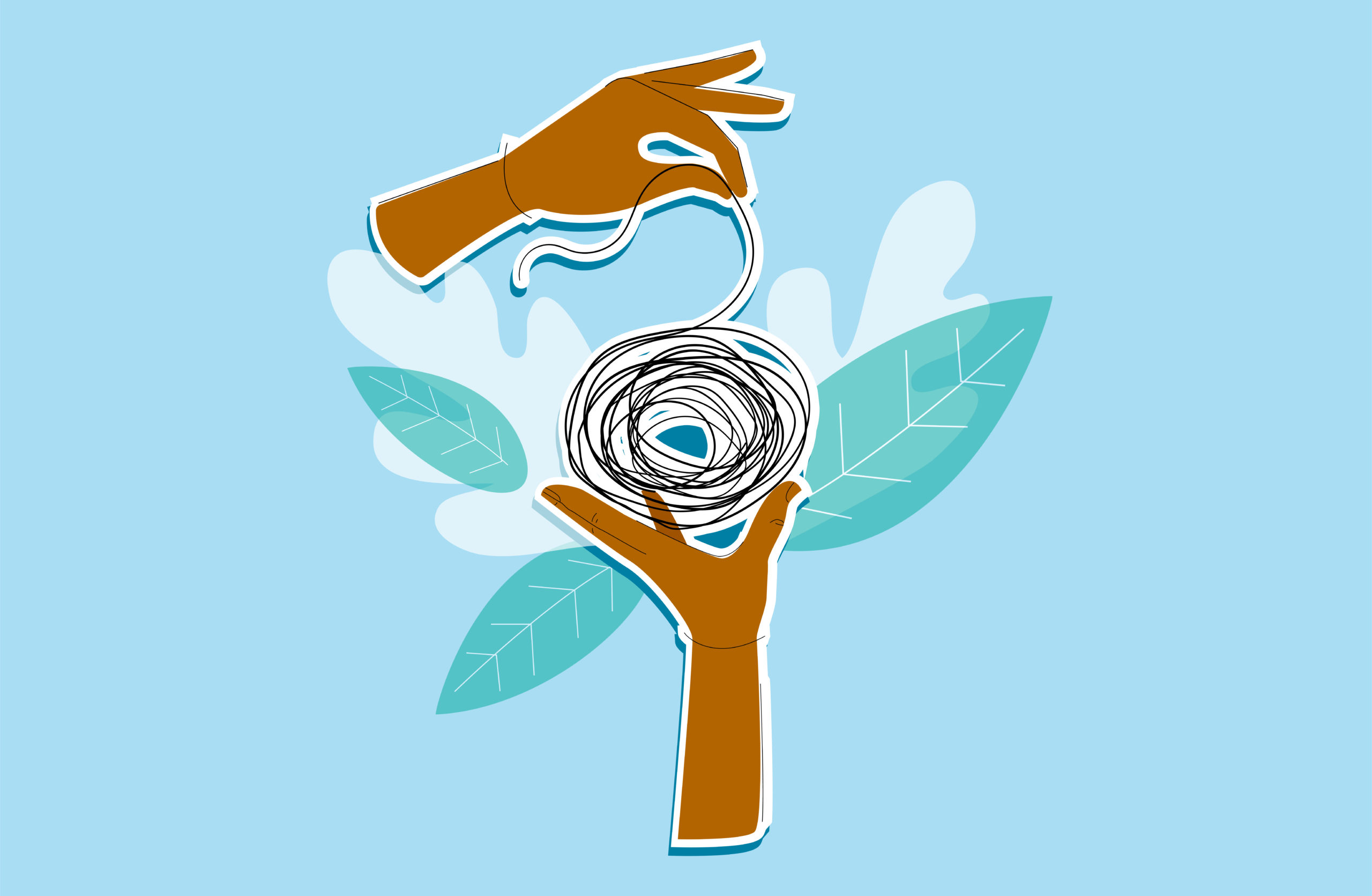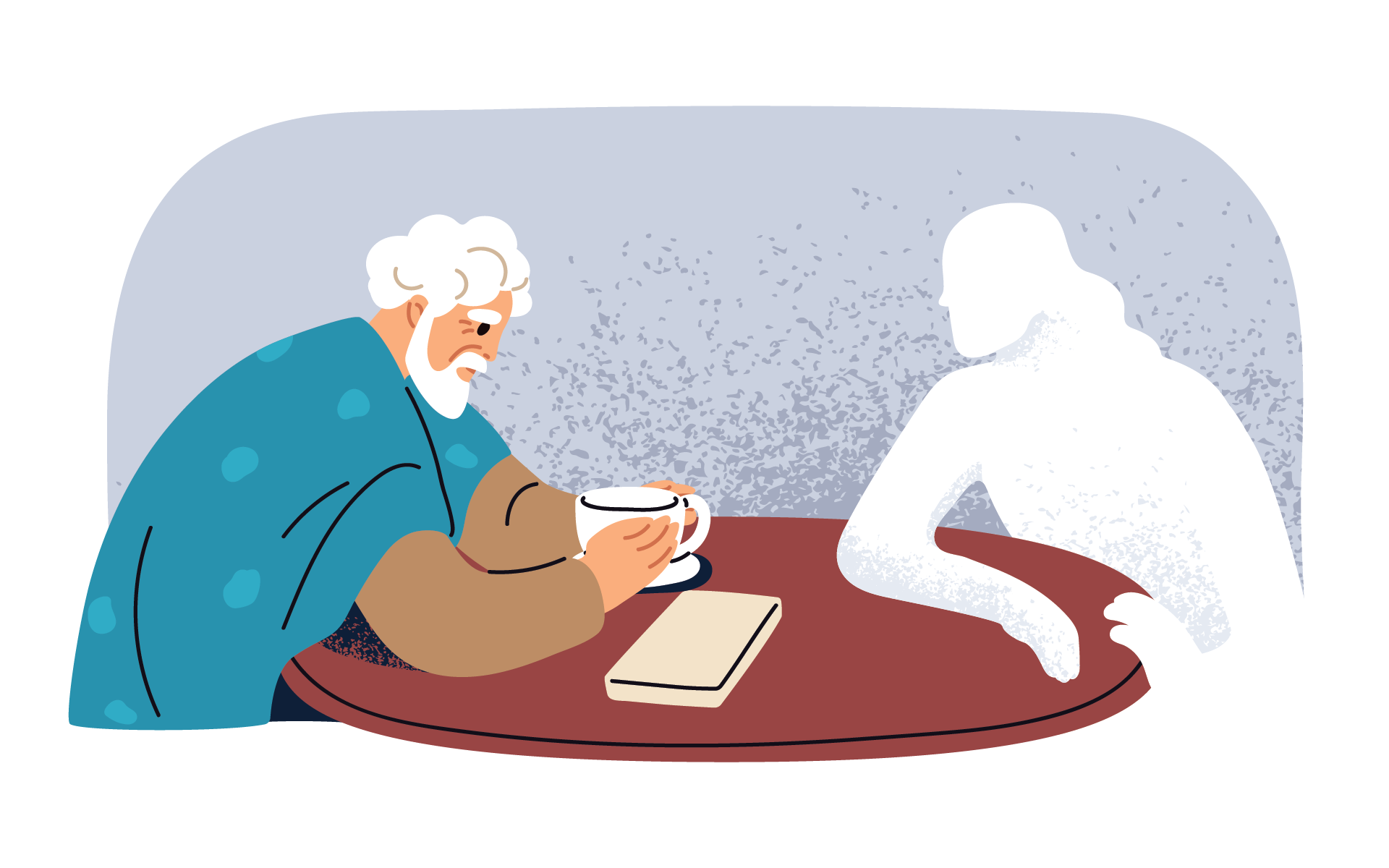Panic affects you not only physically, but also in your emotions and feelings. The body and mind are integrally connected, and often when one is affected, the other is too. Learning how to work with the powerful emotions and feelings that come up with panic—such as terror, a feeling of impending doom, anxiety, worry, fear, anger, sadness, or shame—can be enormously liberating to the panicked heart.
As human beings, we are all affected by emotions. Most of us love to feel good and hate to feel bad. We want to be liked and accepted and despise or fear being disliked or discounted. There’s a beautiful saying that people will always remember how you made them feel. Human beings are feeling beings, and it may often appear that your emotions are affected first before your thoughts. You can walk into a room and get a feel of a person or situation before you start thinking and assessing the situation to determine whether you feel comfortable or not.
Panicky feelings can arise as quickly as a flash of lightning and send powerful waves of impending doom that render you feeling out of control and not knowing what to do.
Within the body, the feelings of panic are very distinct and visceral; there may be rapid breathing, a pounding heartbeat, and many other pronounced physical sensations. Equally panic affects the mind with a strong array of emotions, feelings, and thoughts. Panicky feelings can arise as quickly as a flash of lightning and send powerful waves of impending doom that render you feeling out of control and not knowing what to do. Sometimes those feelings are beyond reasoning, for it feels as though they come out of nowhere. Other times, there may be unacknowledged emotions, wounds, or traumas from your past that have yet to be worked through with meaning and healing. Whether the origin of your panic is known to you or not, panic affects your body and mind. Mindful inquiry meditation can help you deal with emotions and feelings of panic.
How to Work with the Emotions of Panic
Mindful inquiry meditation is a very useful way to work with panic-stricken emotions and feelings. It is a meditative process of inquiring into the nature of what may be fueling or driving your panic. This type of inquiry is a form of investigation; it is not a process of analyzing, trying to figure things out, or making you feel better through positive thinking. It’s a deep exploration of your body and mind, with a willingness to be in the unknown and the curiosity to see what’s actually there.
This type of practice takes some willingness and courage, but if you really want to know what’s fueling your panic, an investigation may sound quite reasonable. After all, what do you have to lose? It seems the only thing you have to lose is your panic. As President Franklin D. Roosevelt said, “All we have to fear is fear itself.”
As a way to prepare you for this meditation, it’s important to understand two important aspects of mindful inquiry for working with panic: acknowledgment and letting be. You will discover that each supports the other in this process of investigation.
What to Know About Mindful Inquiry for Working with Panic
1) Acknowledge
Acknowledgment is similar to one of the mindfulness attitudes: allowing. It is the practice of validating whatever’s in your direct experience in a matter-of-fact way, just as a meteorologist reports the weather: it’s 35 degrees, raining, and overcast; or it’s 75, calm, and clear. In the same way, if you are feeling panicked, scared, or fearful, you directly acknowledge those feelings in your body and mind whether you’re okay with them or not. Acknowledgment is this ability to see things just as they are without the filters of avoidance or grasping (disliking or liking).
2) Let It Be
Letting be is another important aspect or quality that you can bring to acknowledgment. Letting be is different from letting go. Letting be is cultivating the ability to let things run their course rather than trying to push them away or adding on to them. How many times have you told yourself to let go of panic and it didn’t work? If you could let go, you would have. Letting be is much more accessible, since you don’t have to change anything. Letting be is learning to ride the waves of panic that are affecting you physically, mentally, or emotionally and allowing them to run their course, just like ripples from a rock thrown into a lake.
In the practice of mindful inquiry, please acknowledge whatever feelings of panic you may be experiencing in the body and mind and let them be. Learning how to go with the flow of life is a much more skillful approach to dealing with panic than fighting it. There’s a wise saying: “Whatever you resist, persists.” Although at first it may feel counterintuitive to turn toward your panic and acknowledge it and let it be, you may discover soon enough that as you learn to go with it rather than fighting it, it will begin to dissipate.
It’s also important to note that when you begin to acknowledge feelings of panic they may actually feel as though they are getting stronger. Please know this is a normal reaction. The reason why it may feel like that is because you’re actually bringing your light of awareness to the panic, rather than turning away from it. You will, however, discover that if you continue to ride its waves, acknowledging the feelings and letting them be, they will gradually subside. In time, you will grow in confidence, you will feel empowered, and the panic will not be able to consume or control you as much as before. You will learn that you don’t have to be frightened and held hostage by your panic and fears and realize that you can live your life with greater ease and peace.
Investigating What Fuels Your Panic
Mindful inquiry meditation is an investigation into what’s fueling your panic, fear, or anxiety. The more you understand what’s driving it, the more you can be free of it. When your awareness and understanding grows brighter, the darkness of panic and fear diminishes. So after acknowledging your panic and letting it be, you are welcome to proceed further into a deeper investigation into what’s driving the panic. This is called mindful inquiry.
In time, you will grow in confidence, you will feel empowered, and the panic will not be able to consume or control you as much as before.
When you practice mindful inquiry, you may first want to try to calm your body and mind with some mindful breathing and then begin to acknowledge and let be whatever you’re feeling physically, mentally, and emotionally. In this meditation you are going to stay and investigate those feelings of panic by bringing attention to the fearful feelings themselves. This is done by bringing awareness to the feeling of panic in your body and mind and letting yourself experience and investigate it non-judgmentally, just the way it is. Allow yourself to acknowledge what it feels like in your body, emotions, and feelings, and let these feelings be. There’s no need to analyze or figure them out; just ride and observe and experience the waves of emotions and feelings as they come and go. In time you may discover that within those feelings of panic lie important insights into what may be fueling them. You may also realize that within you are tremendous resources for resiliency and healing—that you can learn to overcome those powerful and captive feelings of panic and live with more freedom and ease in your life.
A Mindful Inquiry Meditation for Working with Panic
In a quiet place, find a position in which you can be alert and comfortable, whether seated or lying down. Turn off your phone and any other electrical device that could disturb you. Read and practice the script for this guided meditation below, pausing after each paragraph. (Note: Before beginning this meditation, please consider whether this is the right time for you to do it. Do you feel reasonably safe and open? If not, do some mindful breathing and come back to it at another time.)
A Mindful Inquiry Meditation for Working with Panic
- First, congratulate yourself that you are dedicating some precious time for meditation.
- Become aware of your body and mind and whatever you are carrying within you. Perhaps there are feelings from the day’s events or whatever has been going on recently.
- May you simply allow and acknowledge whatever is within you and let it be, without any form of analysis.
- Gradually, shift the focus of awareness to the breath, breathing normally and naturally. As you breathe in, be aware of breathing in, and as you breathe out, be aware of breathing out.
- Awareness can be focused at either the tip of the nose or the abdomen, depending on your preference. If focusing at the tip of the nose, feel the touch of the air as you breathe in and out… If focusing on the abdomen, feel the belly expanding on an inhalation and contracting on an exhalation.
- One inhalation and one exhalation at a time. Breathing in, breathing out, experience each breath appearing and disappearing. Just breathe. And now gently withdraw awareness from the breath and shift to mindful inquiry.
- Mindful inquiry is an investigation into emotions, thoughts, and physical sensations that are driving your panic, anxieties, and fears, often beneath the surface of your awareness. There is a special and unique way of doing this practice that can foster the potential for deep understanding and insight.
- When you practice mindful inquiry, gently direct your attention toward the bodily feeling of panic or fear itself. Allow yourself to bring nonjudgmental awareness into the experience of it, acknowledging whatever it feels like in the body and mind and letting it be. To begin this exploration you need to first check in with yourself and determine whether it feels safe or not. If you don’t feel safe, perhaps it is better to wait and try another time and just stay with your breathing for now.
- If you are feeling safe, bring awareness into the body and mind and allow yourself to feel into and acknowledge any physical sensations, emotions, or thoughts and just let them be…without trying to analyze or figure them out.
- You may discover that within these feelings there’s a multitude of thoughts, emotions, or old memories that are fueling your fears. When you begin to acknowledge what has not been acknowledged, the pathway of insight and understanding may arise. As you turn toward your emotions, they may show you what you are panicked, worried, mad, sad, or bewildered about.
- You may learn that the very resistance to unacknowledged emotions often causes more panic or fear and that learning to go with it, rather than fighting it, often diminishes them. When we say “go with it,” we mean that you allow and acknowledge whatever is within the mind and body. Just letting the waves of emotions, thoughts, and physical sensations go wherever they need to go just like the sky makes room for any weather.
- Now gently returning to the breath and being mindful of breathing in and out…riding the waves of the breath.
- As you come to the end of this meditation, take a moment to congratulate yourself and take a moment to appreciate the safety and ease you may be feeling right now that you can bring into your day. By acknowledging your fears, you may open the possibility for deeper understanding, compassion, and peace. Before you get up, gently wiggle your fingers and toes and gradually open your eyes, being fully here and now.
- Send some loving-kindness your way. May I dwell in peace. May all beings dwell in peace.
In mindful inquiry you’re invited to bring nonjudgmental awareness into any panicky emotions or feelings, whether they are related to memories or not, and to fully acknowledge and experience them in your body and mind and let them be. You may discover that within the panic is a whole plethora of feelings and experiences that are causing the agitation or whatever emotion you are feeling. When you begin to acknowledge what has not been acknowledged, the doorway of understanding can begin to open. By learning to turn toward your panic, you may experience more freedom than you could have ever imagined.
This article was adapted from Calming the Rush of Panic, by Bob Stahl PhD, Wendy Millstine NC.
read more
5 Guided Meditations to Investigate Panic and Anxiety
The idea of reconnecting with the outside world right now can be stressful and overwhelming. Explore these five guided meditations for softening feelings of anxiousness and calming panic.
Read More
Unwinding Your Anxiety Habit Loop
Coping with anxiety is difficult, but we can begin to untangle our anxious loops when we recognize how they show up in our daily activities.
Read More









